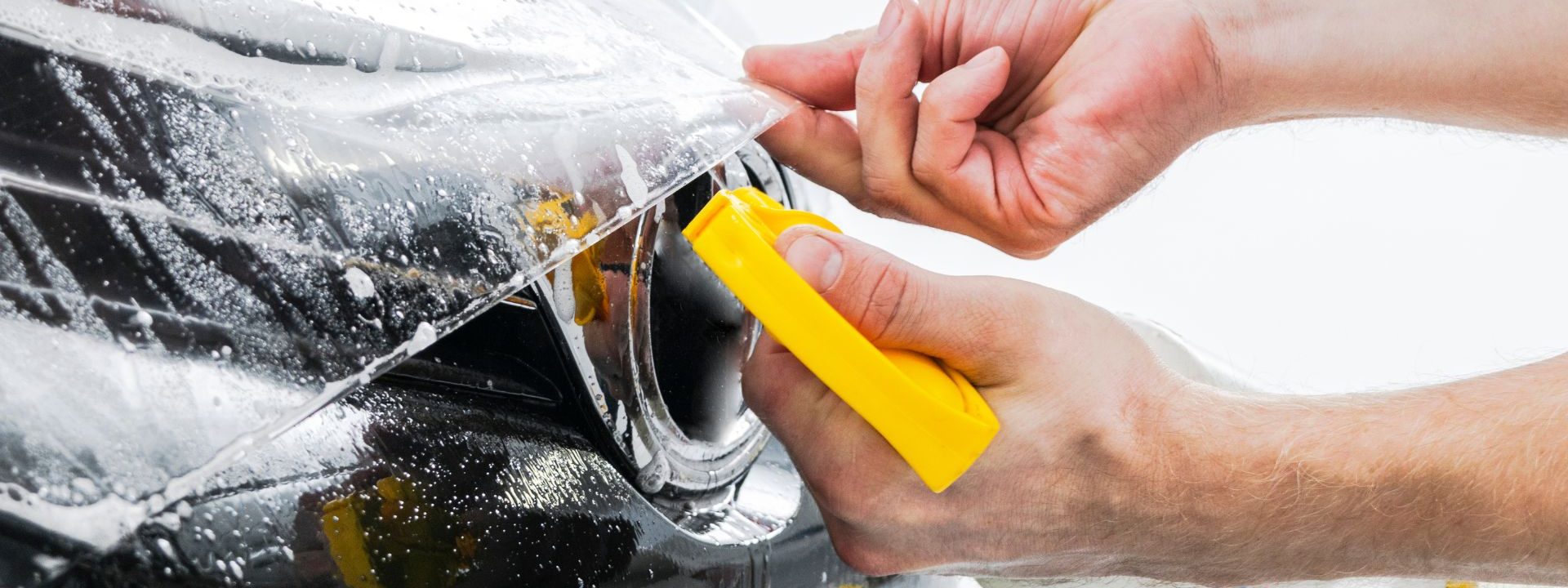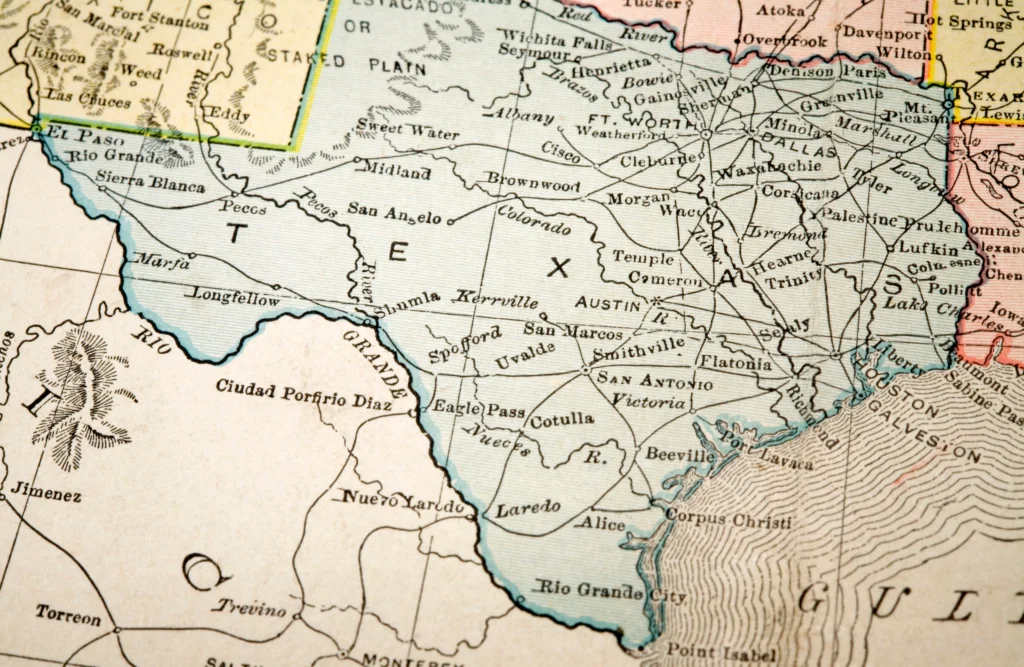Best Paint Protection Film (PPF) Installer in Austin, TX
Welcome to Taurus Auto Detailing, the leading provider of Paint Protection Film (PPF) services in Austin, TX. Our commitment to preserving the pristine condition of your vehicle is unparalleled. With top-notch materials and expert installation, we offer the ultimate solution to protect your vehicle from scuffs, chips, and environmental damage.
What is Paint Protection Film (PPF)?
Paint Protection Film, commonly known as PPF, is a thermoplastic urethane film applied to the painted surfaces of a vehicle to protect the paint from stone chips, bug splatters, and minor abrasions. This virtually clear film shields your vehicle, maintaining its pristine appearance without altering the design features or color. PPF is an invaluable investment for any vehicle, providing a durable barrier against the elements that typically wear down a vehicle’s exterior.
Extra Protection For Your Car With Our Paint Protection Film Service
At Taurus Auto Detailing, we understand that your vehicle is a major investment. Protecting this investment is our priority, which is why we offer a comprehensive Paint Protection Film service designed to extend the life of your vehicle’s exterior. Our PPF not only preserves the look of your vehicle but also enhances its resale value by keeping the exterior in excellent condition. From daily drivers to luxury cars, our PPF service offers benefits for all types of vehicles, ensuring that your car remains in showroom condition year after year.

Our Paint Protection Film Installation Process
Our PPF installation is a meticulous process handled by certified professionals. We begin with a thorough cleaning of the vehicle’s exterior to ensure that no dirt or debris interferes with the film’s adhesive. Using precision computer-cut patterns specifically tailored to your vehicle, we ensure a perfect fit, avoiding unnecessary cuts or alterations to the original paint.
The film is then carefully applied using a squeegee method to eliminate bubbles and ensure flawless adhesion to the vehicle’s contours. We take special care around edges and complex curves, which are critical areas prone to lifting or peeling if not properly installed. Our high-quality Paint Protection films are durable, crystal clear, and come with a warranty that guarantees they will not yellow, crack, or peel, maintaining your vehicle’s aesthetic appeal and protection.
Our PPF Packages
Paint Protection Film - Everything You Need To Know
Choosing the right Paint Protection Film is crucial for maintaining the aesthetic and structural integrity of your vehicle. At Taurus Auto Detailing, we use only high-quality films, which are engineered to be resistant to corrosion and acidic contaminants, ensuring that the film maintains its clarity and durability over time. PPF also has a feature that allows minor scuffs to disappear, keeping the film and your car looking new.
PPF is not just about protecting against physical damage; it also provides UV protection to prevent the paint from fading. It is a cost-effective solution to keep your vehicle looking great without frequent repaints or touch-ups. With PPF, you can drive your vehicle confidently, knowing that it is protected from the everyday challenges of the road.
At Taurus Auto Detailing, we are dedicated to delivering unparalleled quality and service. Our technicians are highly trained and passionate about car care, ensuring that every PPF installation is performed with meticulous attention to detail. We invite you to visit our facility in Austin, TX, to see firsthand how we can protect your vehicle with our superior PPF solutions.
For residents of Austin, TX looking for superior vehicle protection, Taurus Auto Detailing offers a state-of-the-art Paint Protection Film installation service. Trust us to equip your vehicle with the best defense against damage and wear, enhancing its longevity and maintaining its pristine appearance. Visit Taurus Auto Detailing today and see why we are the best choice for PPF installation in Austin.
ChatGPT said:
Taurus Auto Detailing proudly offers exceptional car detailing Austin, ensuring that your vehicle looks and feels brand new.
Visit us today to learn more about us and how we can make your vehicle protected and shine!

